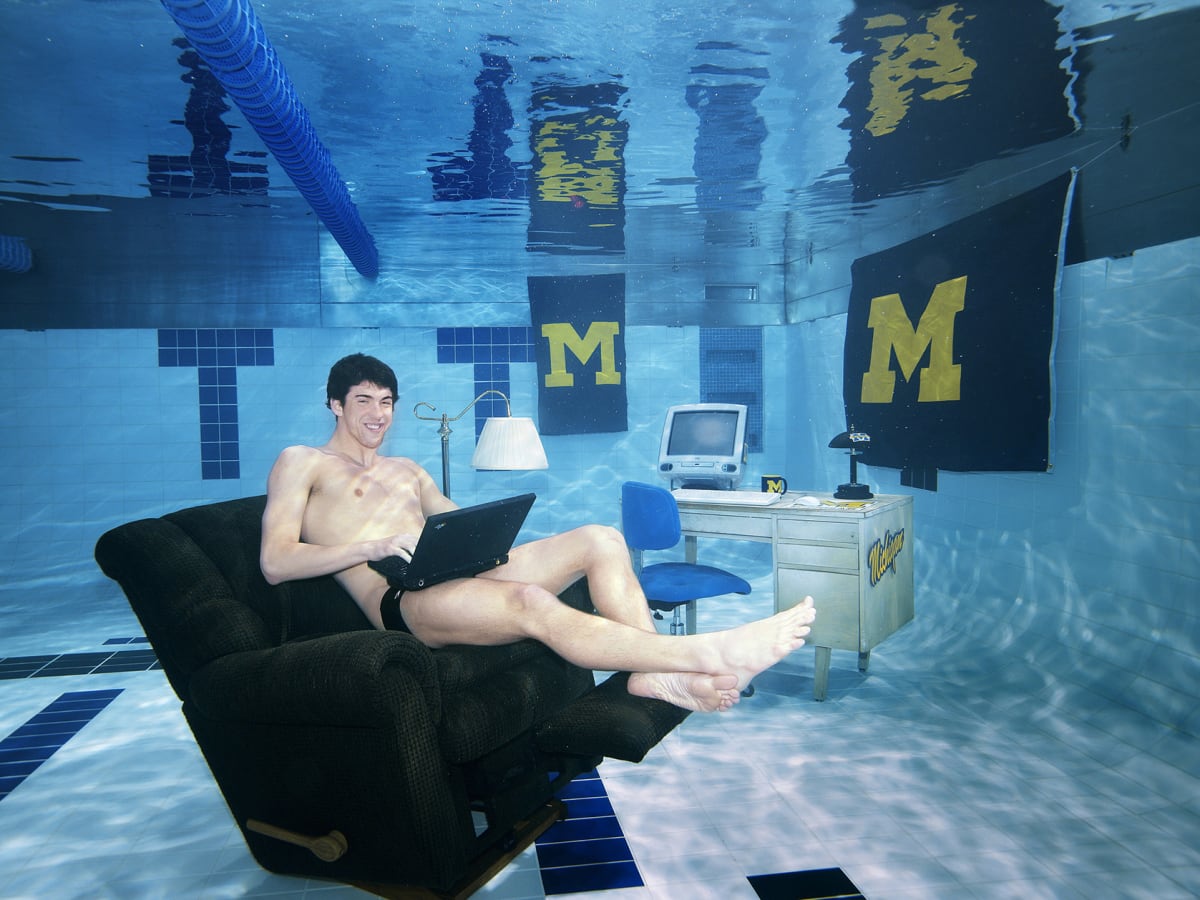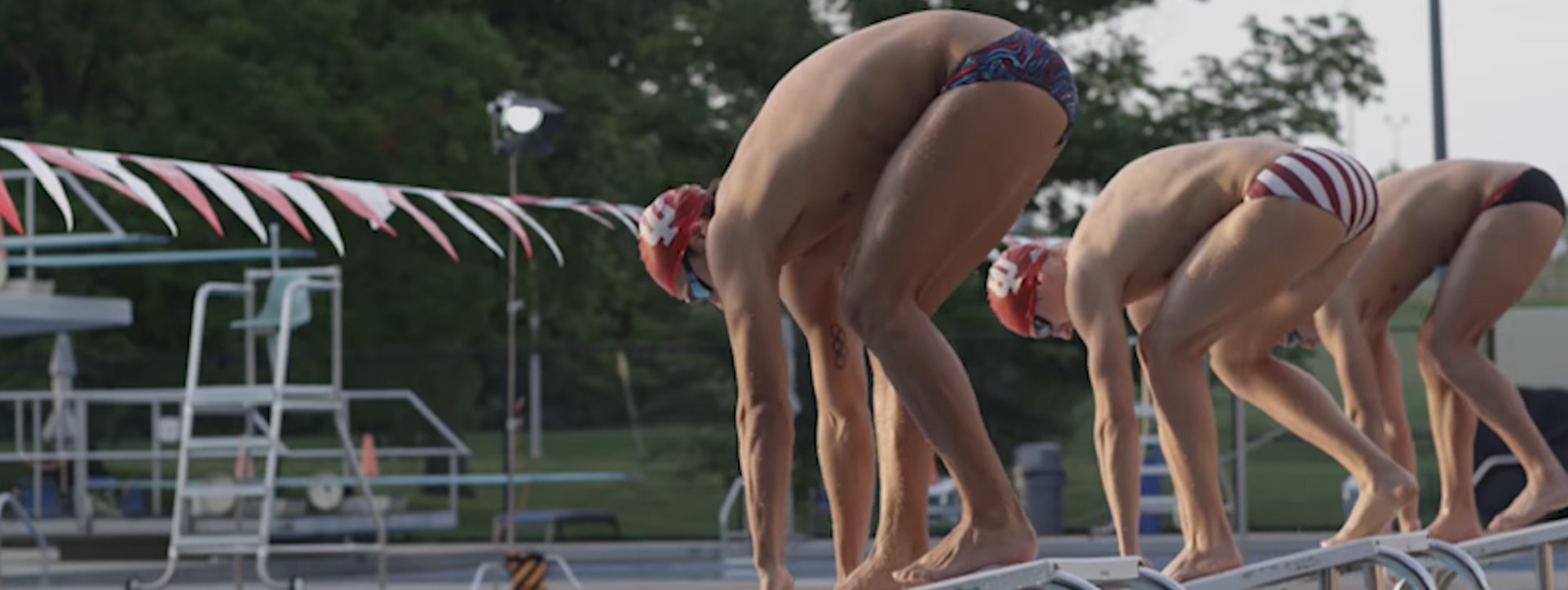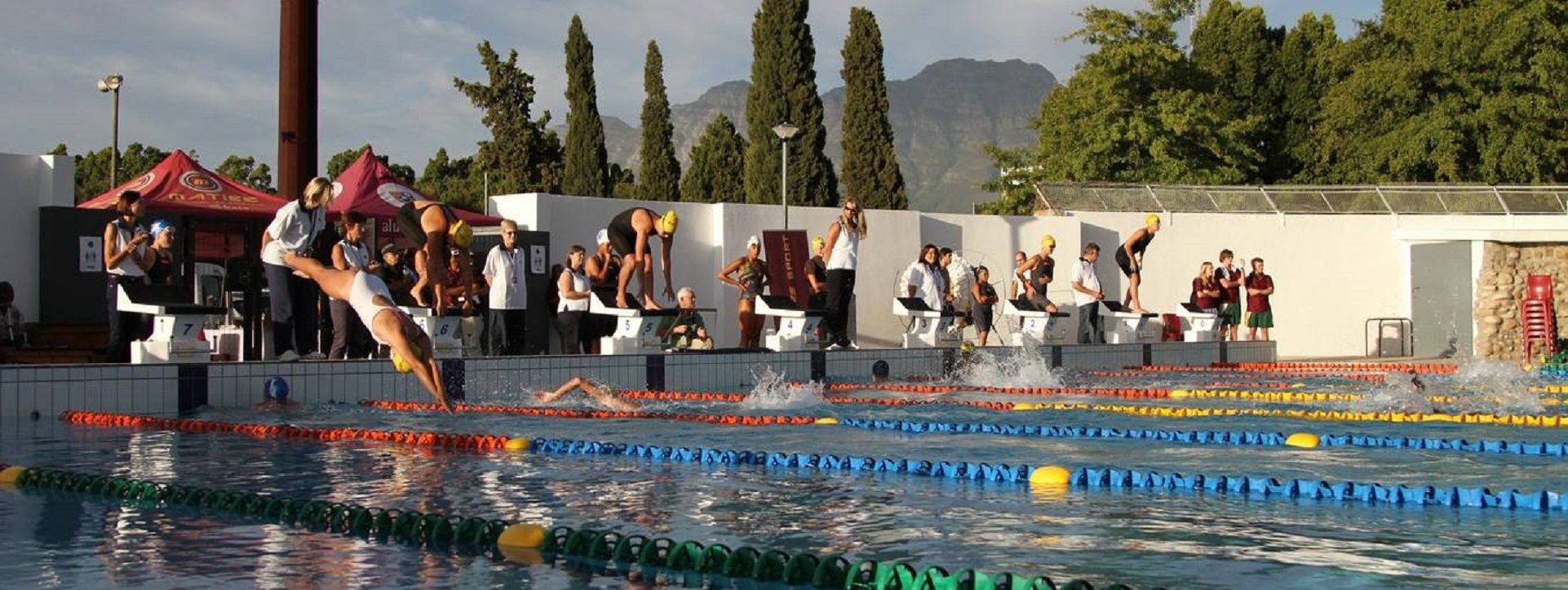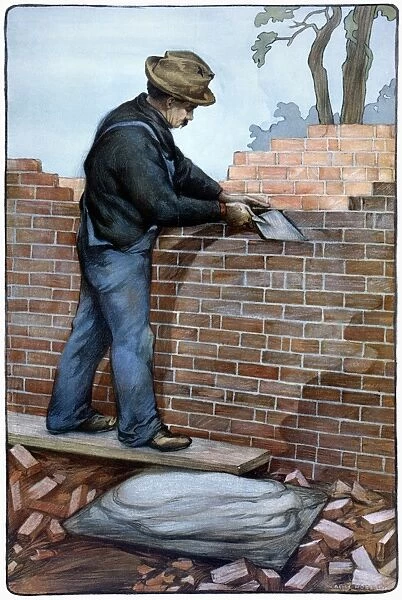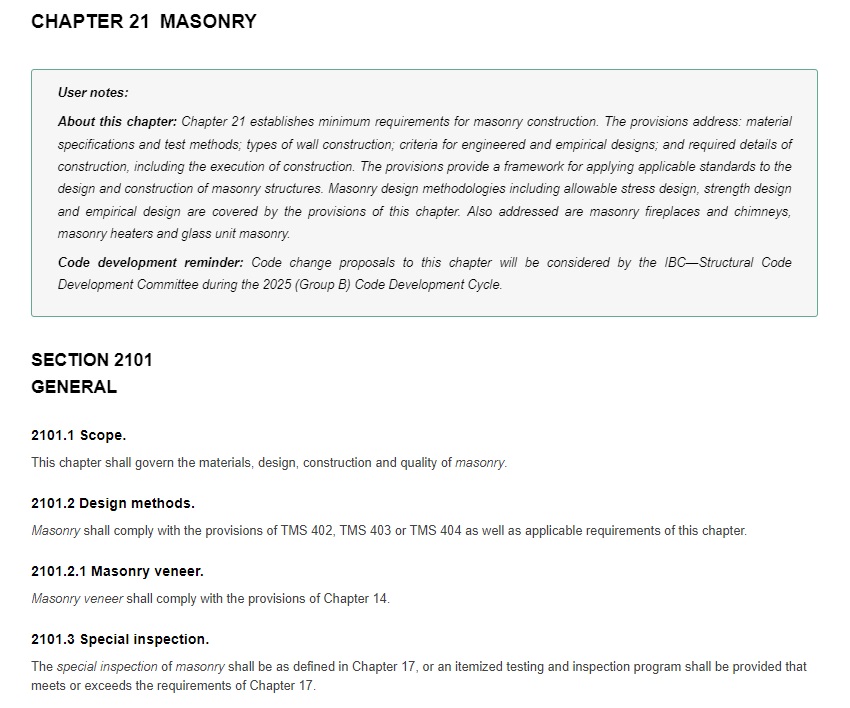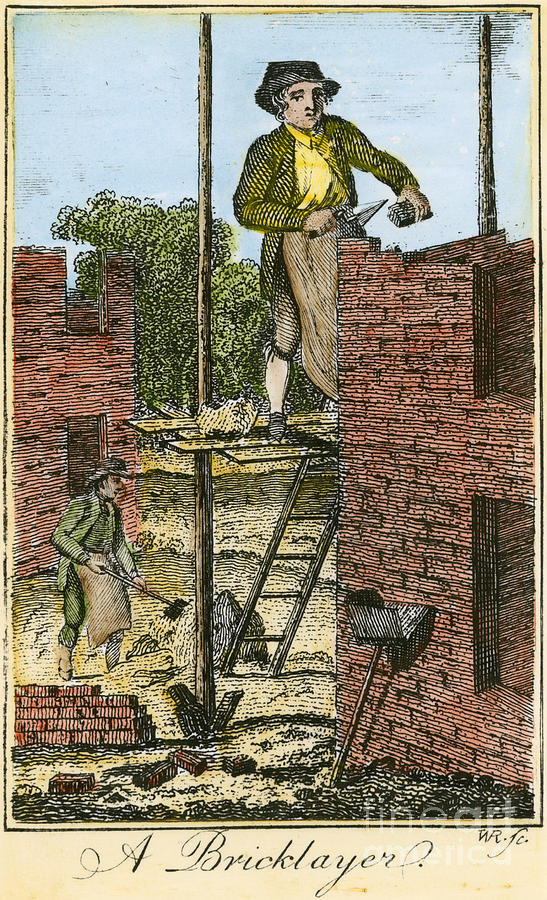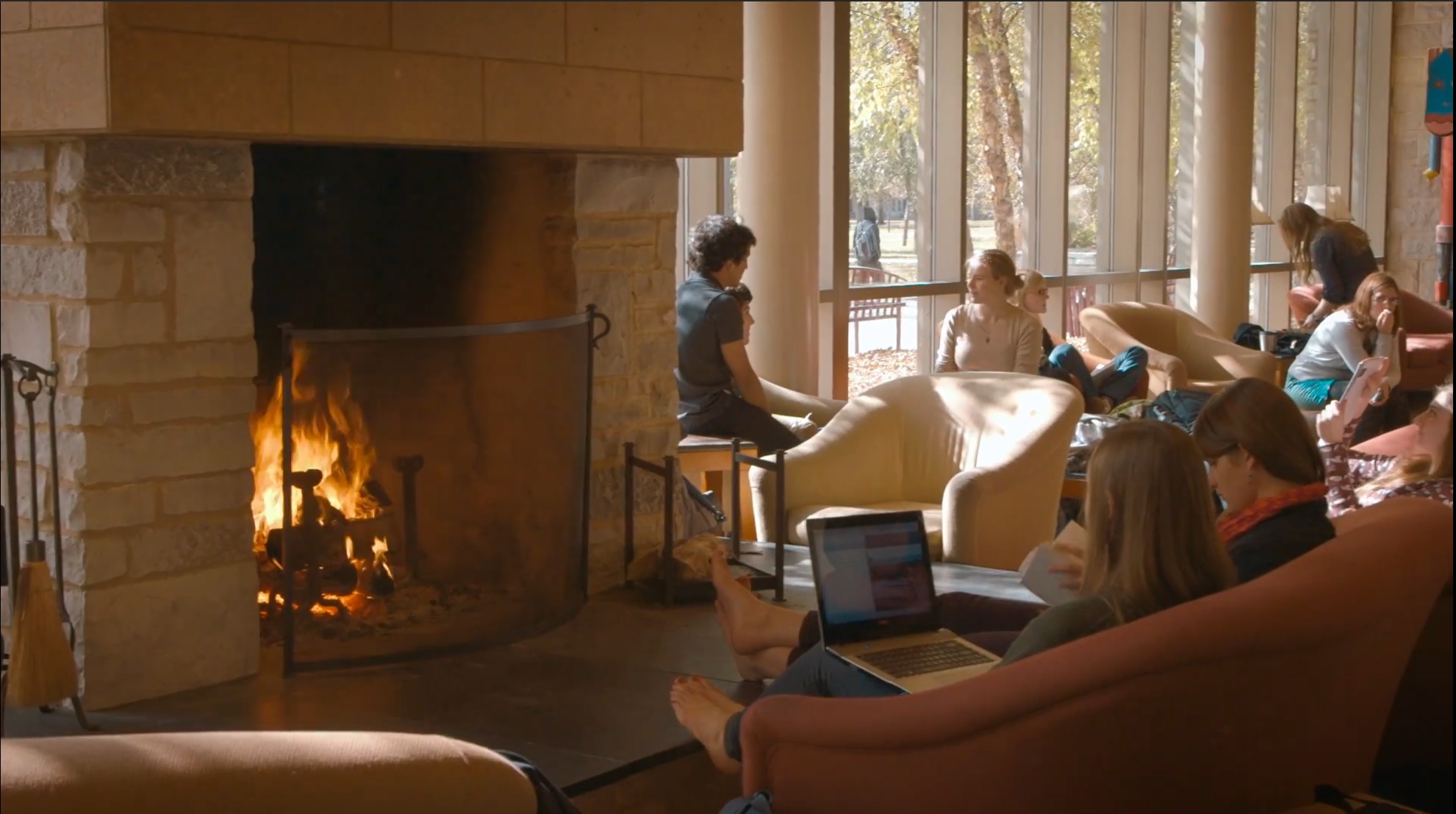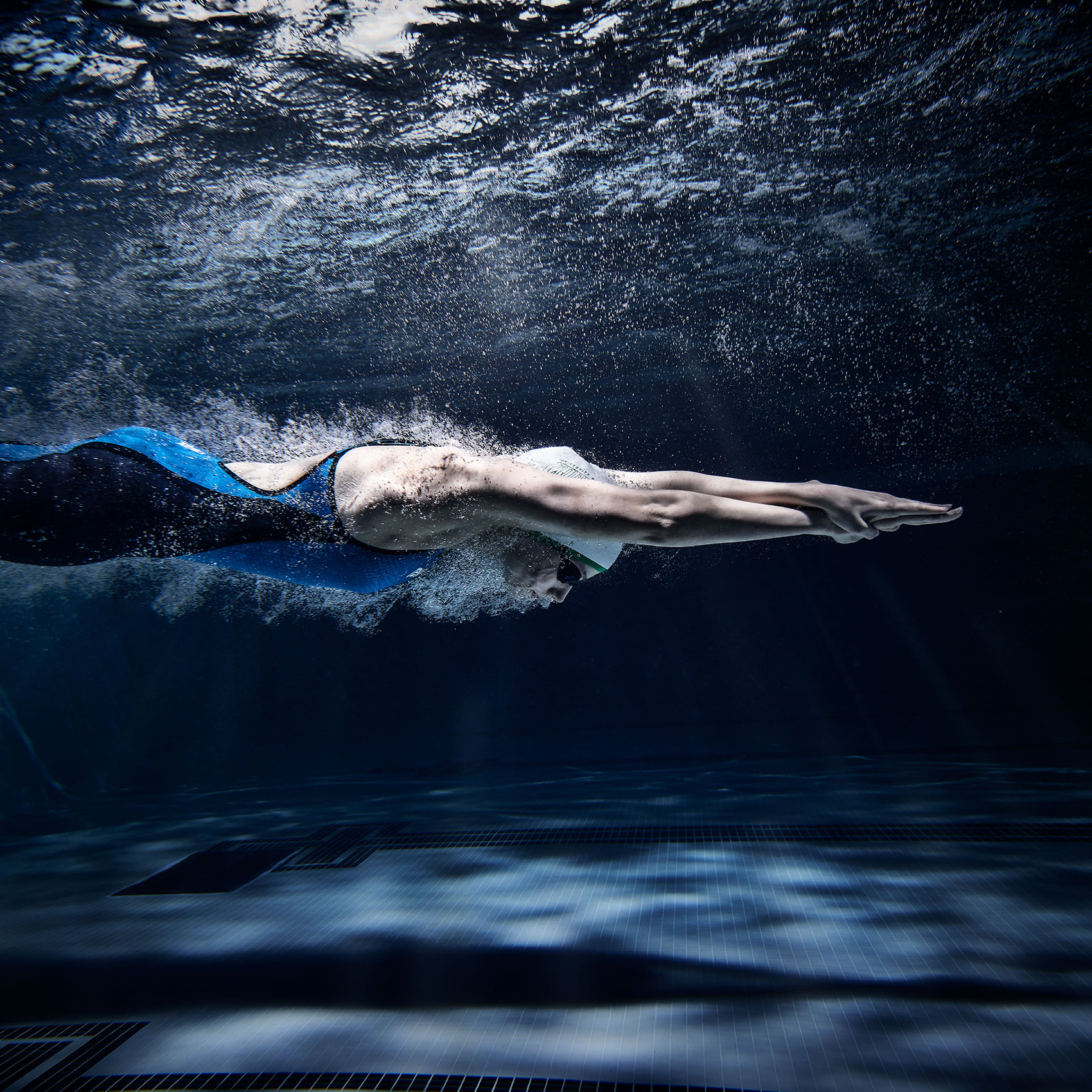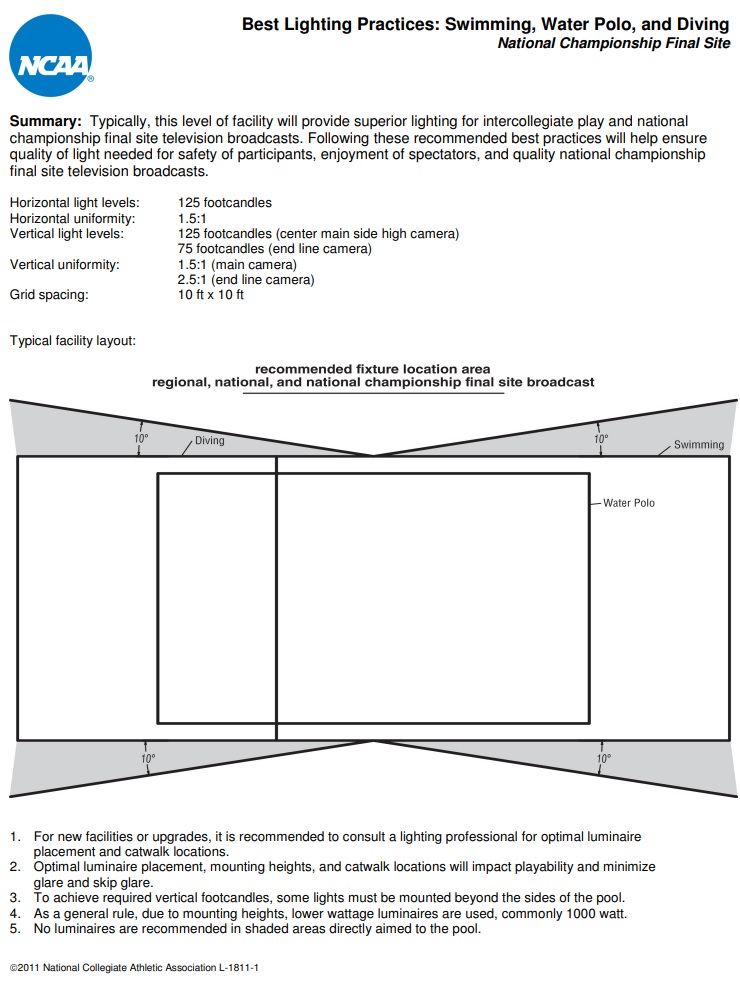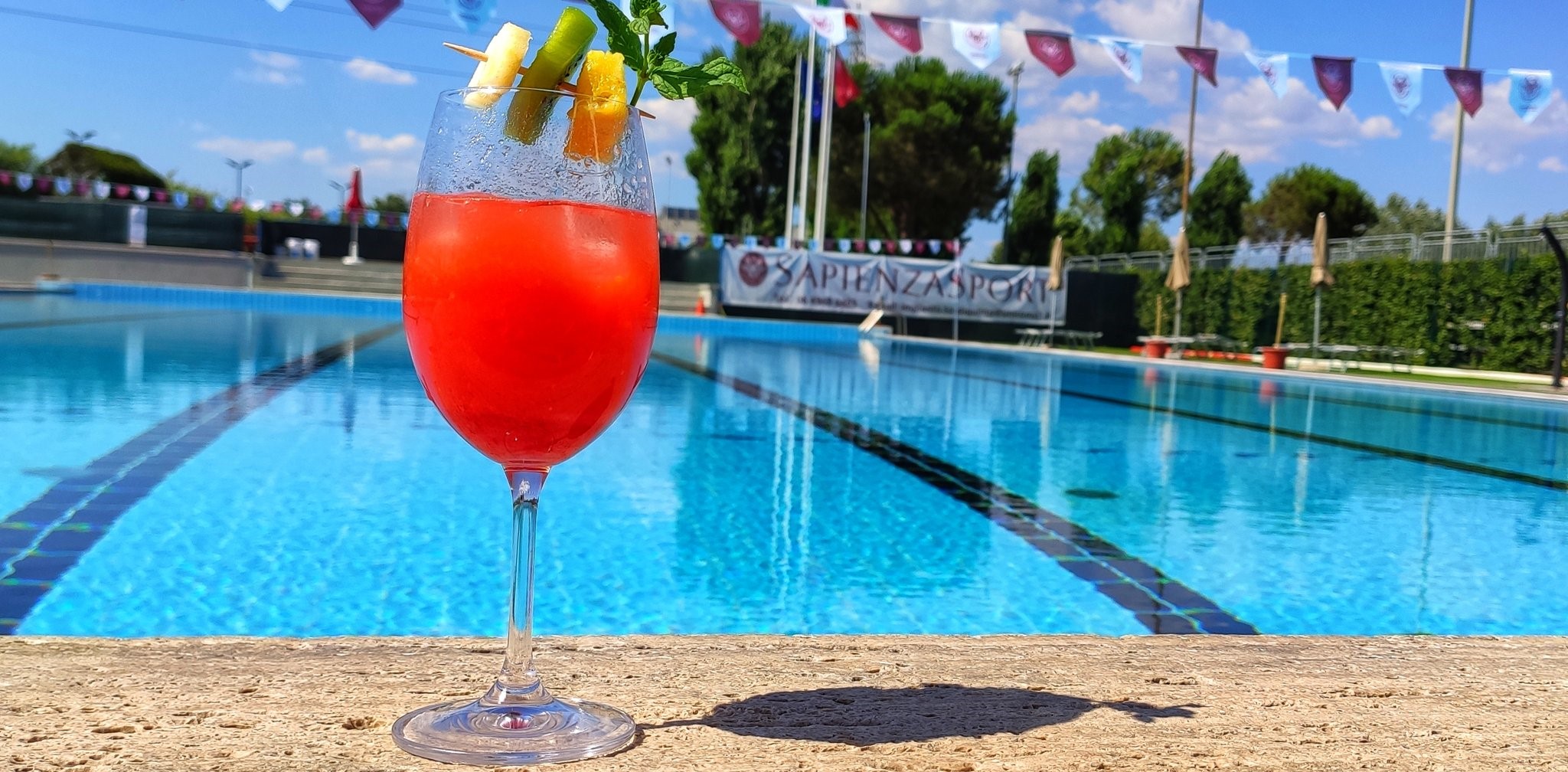I’ve been lending a hand as a dentist, a plumber, an electrician, and a welder. But frankly, I wasn’t very good at it…
Come work and thrive in the Freest state in the nation. There’s always room for more!
Now if you’ll excuse me — I have to get back to my real job. pic.twitter.com/6RIWecJfWR
— Kristi Noem (@KristiNoem) September 5, 2023
LIVE Construction Camera: Nucor Mineral Industries Building
- Home Page 7

LIVE Construction Camera: Nucor Mineral Industries Building
Rhubarb | From the Ground Up
Delivering our rhubarb around the village#Sunday pic.twitter.com/vEmSF4k8Uo
— Megs (@meg_j_boyle) April 28, 2024
The University of Wyoming Extension service provides research and education to farmers and ranchers; funded by federal, state, and local sources:
- Agricultural production and management: The Extension service provides information and resources on topics such as crop production, livestock management, and farm business management.
- Soil and water management: The Extension service offers expertise on soil fertility, irrigation, water quality, and conservation practices.
- Pest management: The Extension service provides resources and support for integrated pest management, including information on insect and disease control, weed management, and pesticide safety.
- Youth education: The Extension service offers educational programs and activities for youth interested in agriculture, including 4-H clubs and competitions.
- Community development: The Extension service works with local communities to support economic development, tourism, and natural resource conservation.
The Extension service also offers consultations, workshops, field days, and other events to help farmers and ranchers stay up-to-date on the latest research and technologies in agriculture.
Oxford Companion to Food
The Oxford Companion to Food (3 ed.) | Alan Davidson
In 1592, during the reign of Elizabeth I, a decree was issued forbidding the sale of hot cross buns, except at burials, on Good Friday, or at Christmas.
Wishing everyone a peaceful #GoodFriday ✝️ pic.twitter.com/bgIB5gTsOv
— Katie Marshall (@KatieHistory) April 7, 2023
Water and Electricity
Supporting swimming pools with electricity involves various essential functions such as filtration, heating, lighting, and sanitation. Ensuring safety and energy efficiency is crucial, and pool owners can take steps to minimize electricity costs and environmental impact. Key points:
Filtration and Circulation: Swimming pools rely on electric pumps to circulate water through filters, removing debris and maintaining water quality.
Heating: Electric heaters or heat pumps are used to regulate water temperature for comfort, especially in colder seasons.
Lighting: Underwater and pool area lighting enhance safety and aesthetics, typically powered by electricity.
Chlorination and Sanitation: Electric chlorinators or ozone generators help maintain water cleanliness and hygiene.
Automation: Electric control systems enable pool owners to manage filtration, heating, and lighting remotely for convenience and energy efficiency.
Energy Efficiency: Pool owners can invest in energy-efficient equipment, like variable-speed pumps and LED lighting, to reduce electricity consumption and operating costs.
Operations and Maintenance: Regular electrical maintenance ensures safe and reliable pool operation, preventing electrical faults and hazards. The electricity cost for pool operation can be significant, so pool owners should consider energy-efficient practices and equipment to reduce expenses.
Education communities present one of the largest installed bases of artificially created bodies of water; the most abundance resource on earth. These bodies vary in size, purpose, and design but are all created by human intervention to serve specific needs, whether practical, recreational, or aesthetic. Safe and sustainable management of them in the Unite States are informed by best practice found in Article 680 of the National Electrical Code with scope statement below:
Construction and installation of electrical wiring for, and equipment in or adjacent to, all swimming, wading, therapeutic, and decorative pools; fountains; hot tubs; spas; and hydromassage bathtubs, whether permanently installed or storable, and to metallic auxiliary equipment, such as pumps, filters, and similar equipment.
Consultation on the First Draft of the 2026 revision closes August 24, 2024.
Related:
Pool, Fountain, Agriculture & Water Infrastructure Electrical Safety
https://www.si.com/extra-mustard/2016/08/15/michael-phelps-poses-bottom-university-michigan-pool-2005
Trowel Trades
Bricklayers, sometimes known as masons, are skilled craftsmen that must be physically fit, have a high level of mathematical skill and a love for precision and detail.
Bricklaying standards are guidelines and specifications that ensure the quality and safety of bricklaying work. These standards are often established by industry organizations, regulatory bodies, or national building codes. While specific standards may vary by region, some core bricklaying standards include:
Building Codes: Compliance with local building codes is essential. These codes provide regulations for construction practices, including specifications for masonry work. Bricklayers must adhere to the building codes relevant to the specific location of the construction project.
ASTM International Standards: ASTM International (formerly known as the American Society for Testing and Materials) develops and publishes technical standards for various industries, including construction. ASTM standards related to bricklaying cover materials, testing procedures, and construction practices.
Masonry Construction Standards: Organizations like the Masonry Standards Joint Committee (MSJC) in the United States publish standards specifically focused on masonry construction. These standards address topics such as mortar, grout, reinforcement, and structural design considerations.
Quality Control: Standards related to quality control in bricklaying include specifications for mortar mixtures, proper curing of masonry, and guidelines for inspecting finished work. Adherence to these standards helps ensure the durability and longevity of the masonry construction.
Safety Standards: Occupational safety standards, such as those outlined by the Occupational Safety and Health Administration (OSHA) in the United States, are critical for protecting workers on construction sites. These standards cover aspects like fall protection, scaffolding safety, and the proper use of personal protective equipment.
Brick and Block Standards: Standards related to the dimensions, composition, and properties of bricks and concrete blocks are important for achieving structural integrity. These standards specify characteristics such as compressive strength, absorption, and dimensional tolerances.
Construction Tolerances: Tolerances dictate acceptable variations in dimensions and alignments in bricklaying work. These standards help ensure that the finished structure meets design specifications and industry-accepted tolerances.
Testing and Inspection: Standards related to the testing and inspection of masonry work help verify that construction meets specified requirements. This includes procedures for mortar testing, grout testing, and overall quality inspections.
It’s important for bricklayers and construction professionals to be aware of and follow these standards to guarantee the safety, quality, and compliance of their work. Additionally, staying informed about updates to industry standards is crucial as they may evolve over time to reflect advancements in materials, techniques, and safety practices.
Swimming, Water Polo and Diving Lighting
“In swimming, there are no referees, no foul lines,
no time-outs, and no substitutions.
It’s just you and the water.” – Unknown
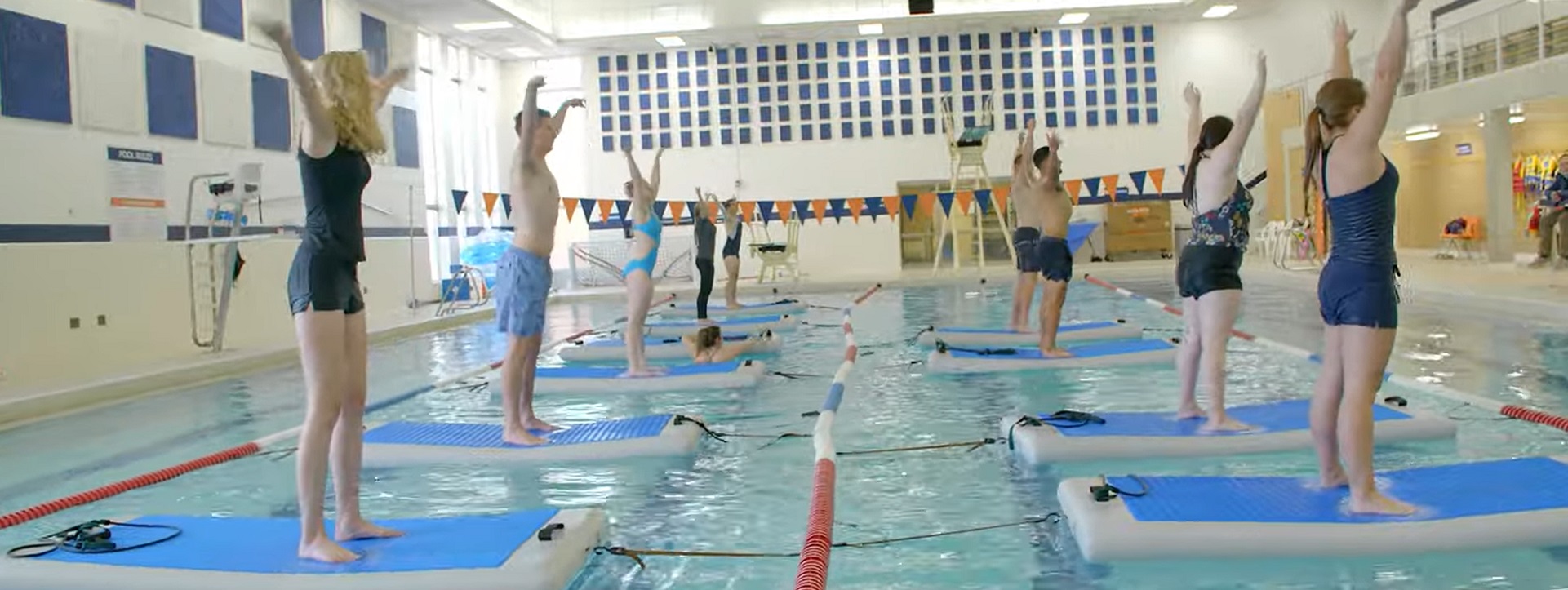
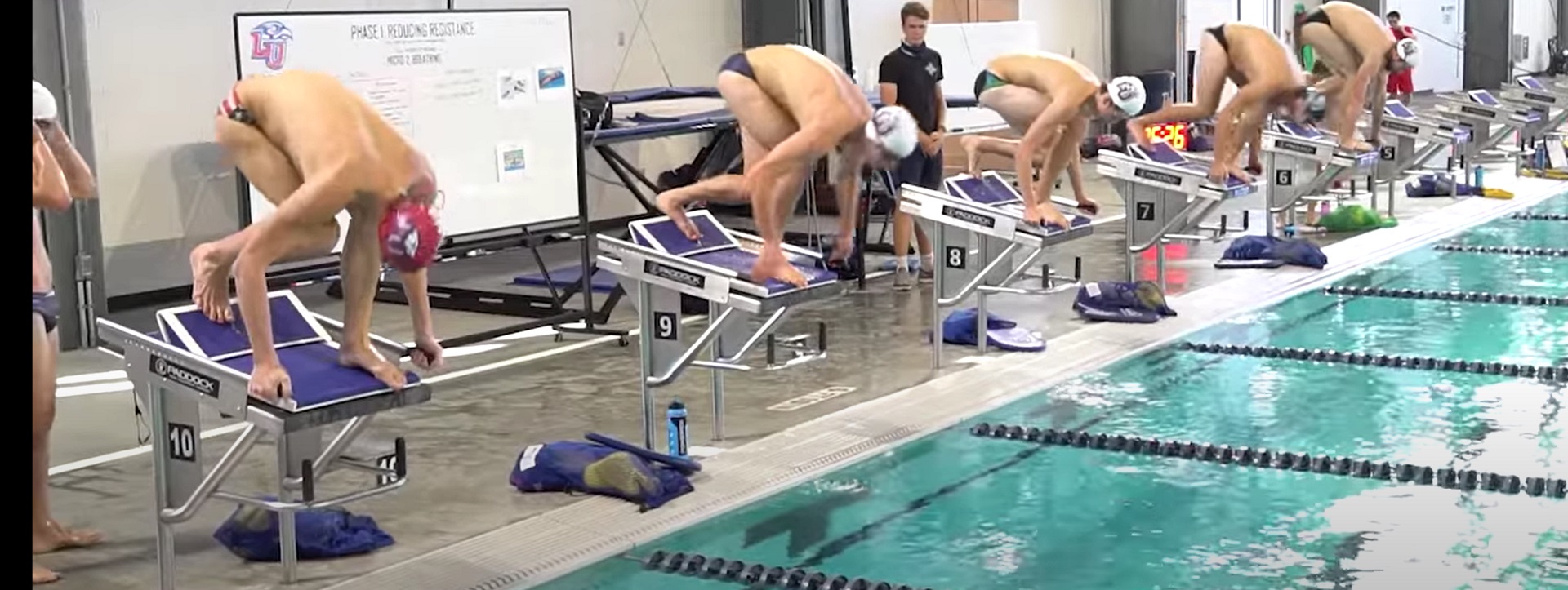
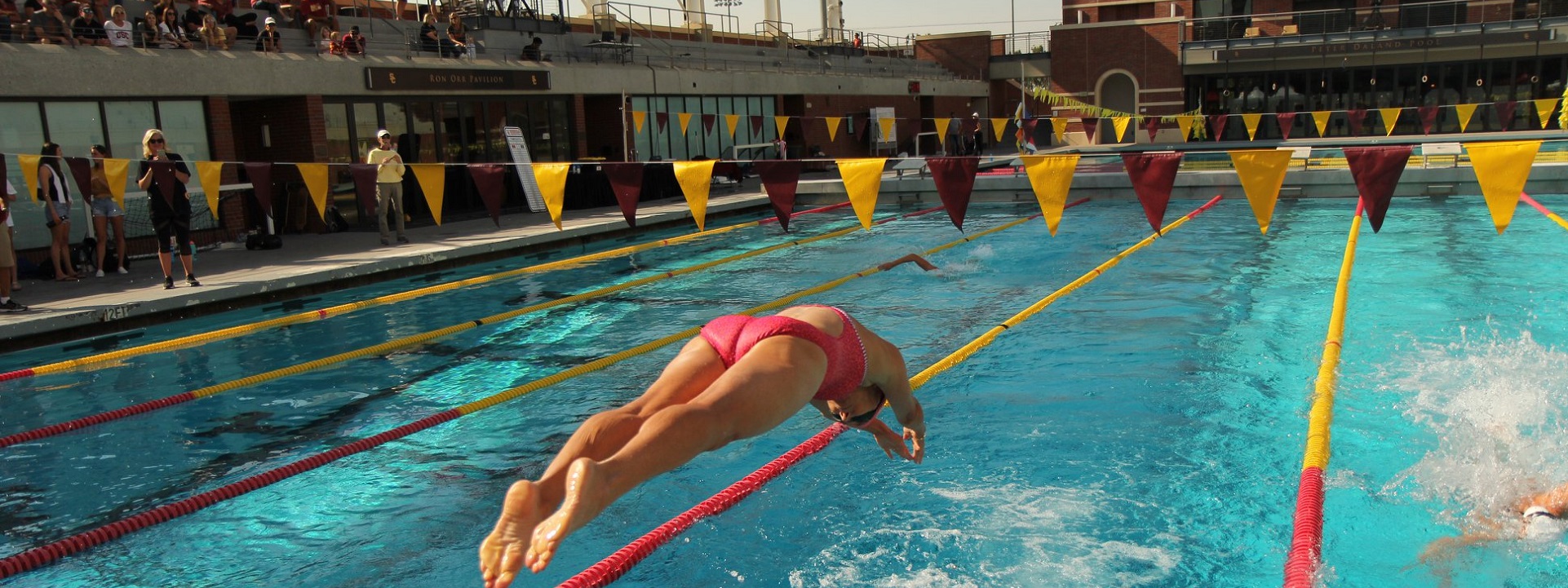
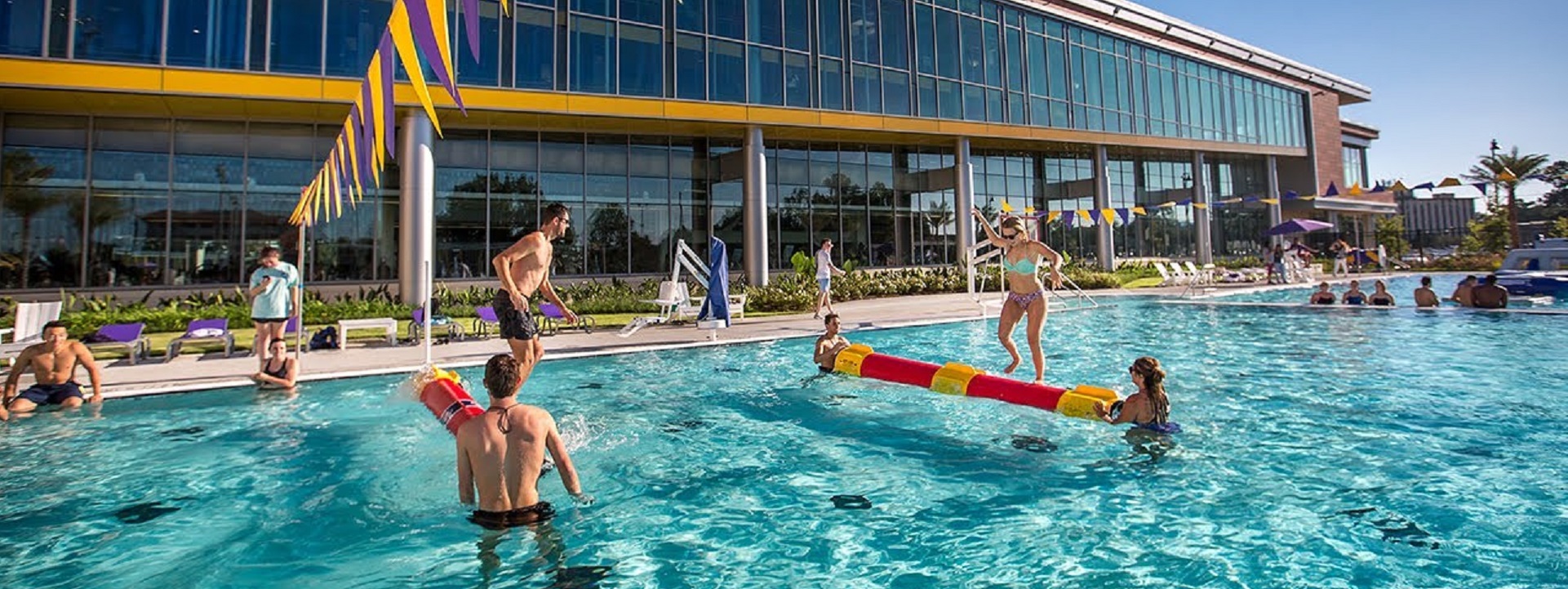
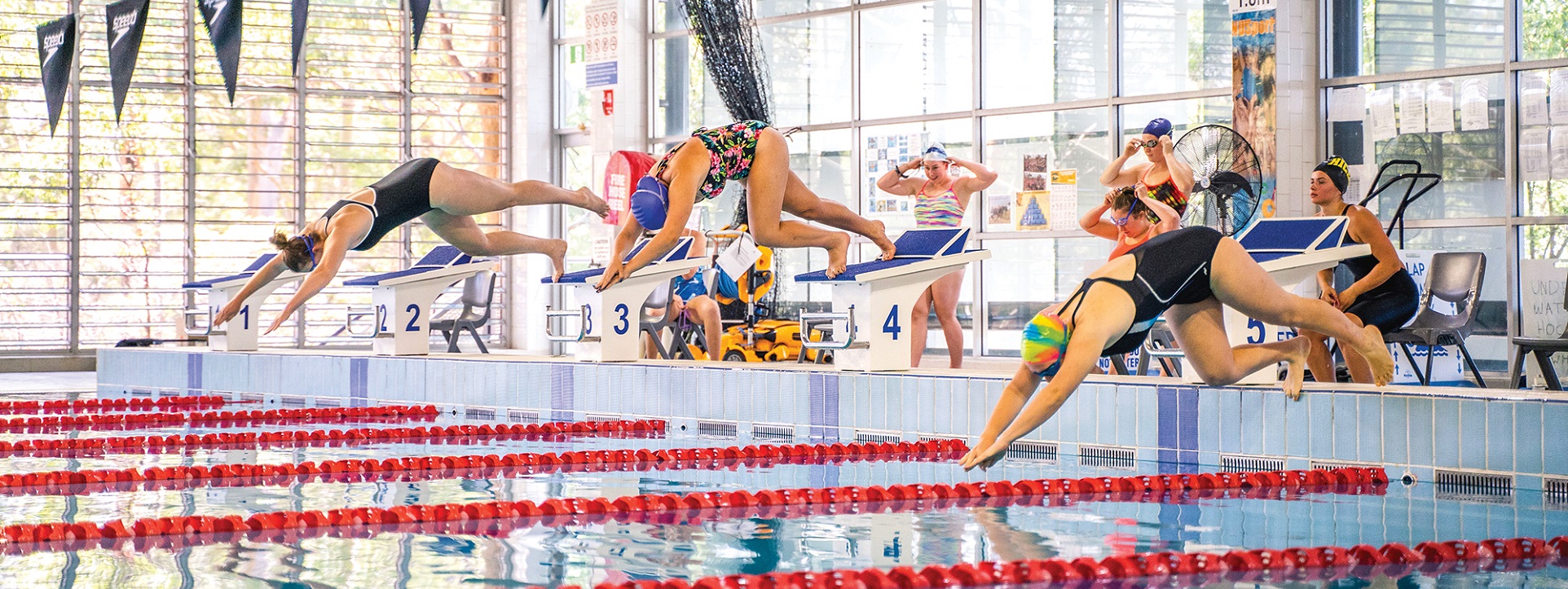
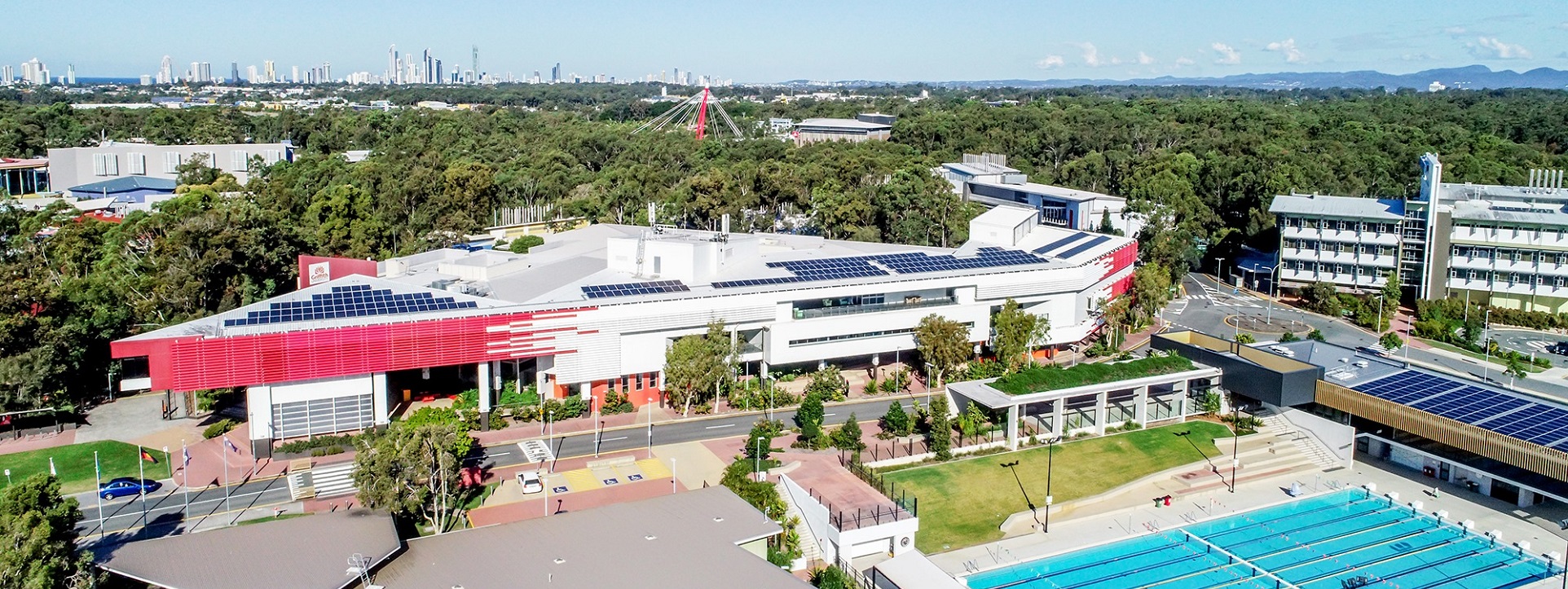
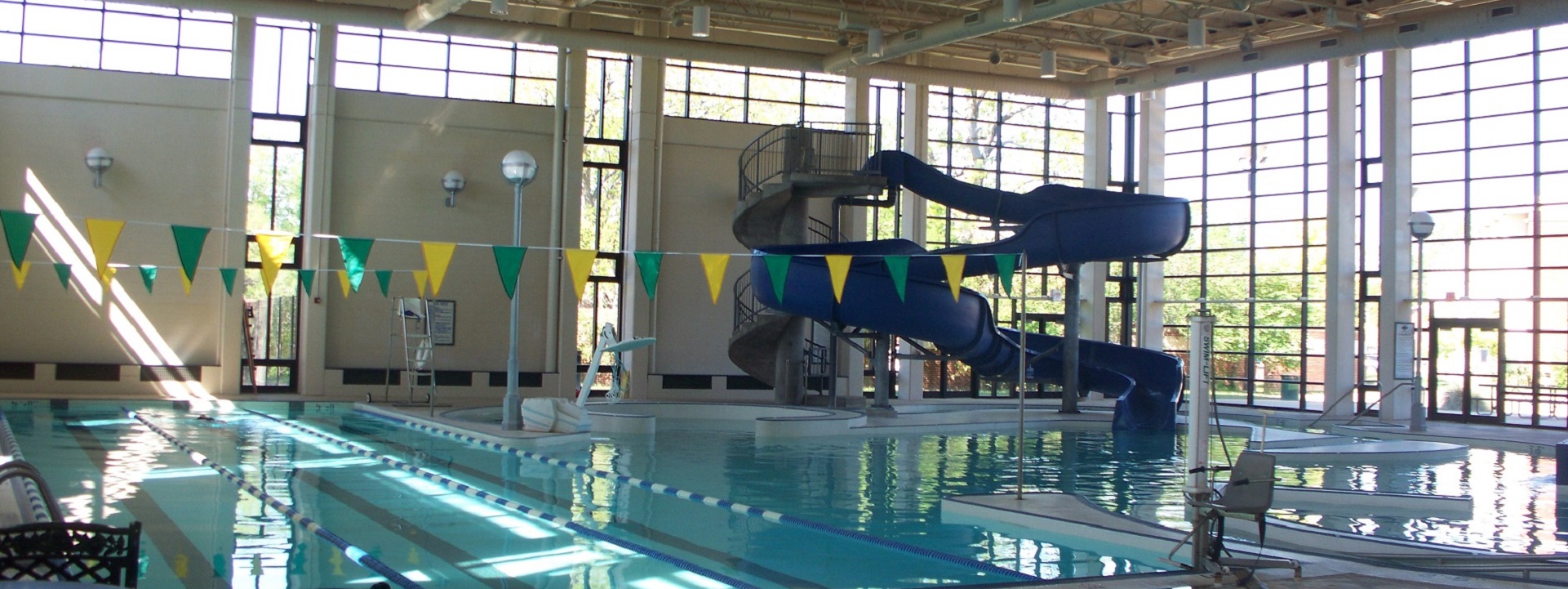
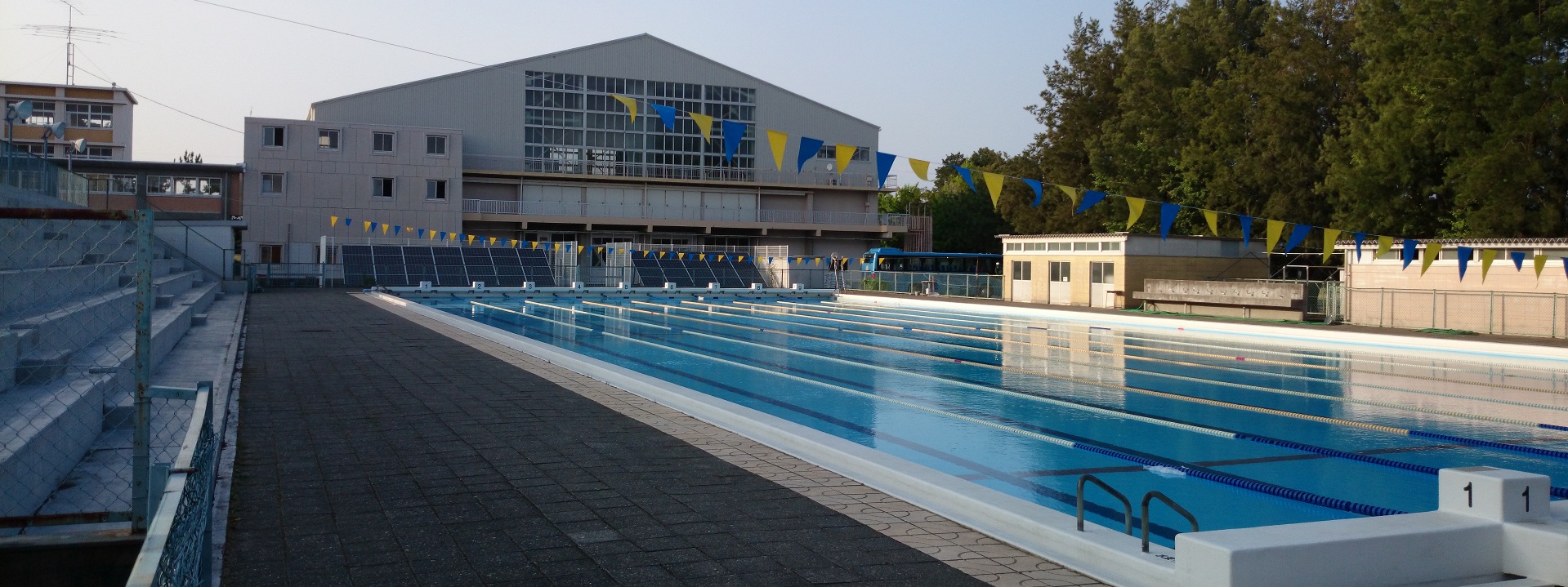
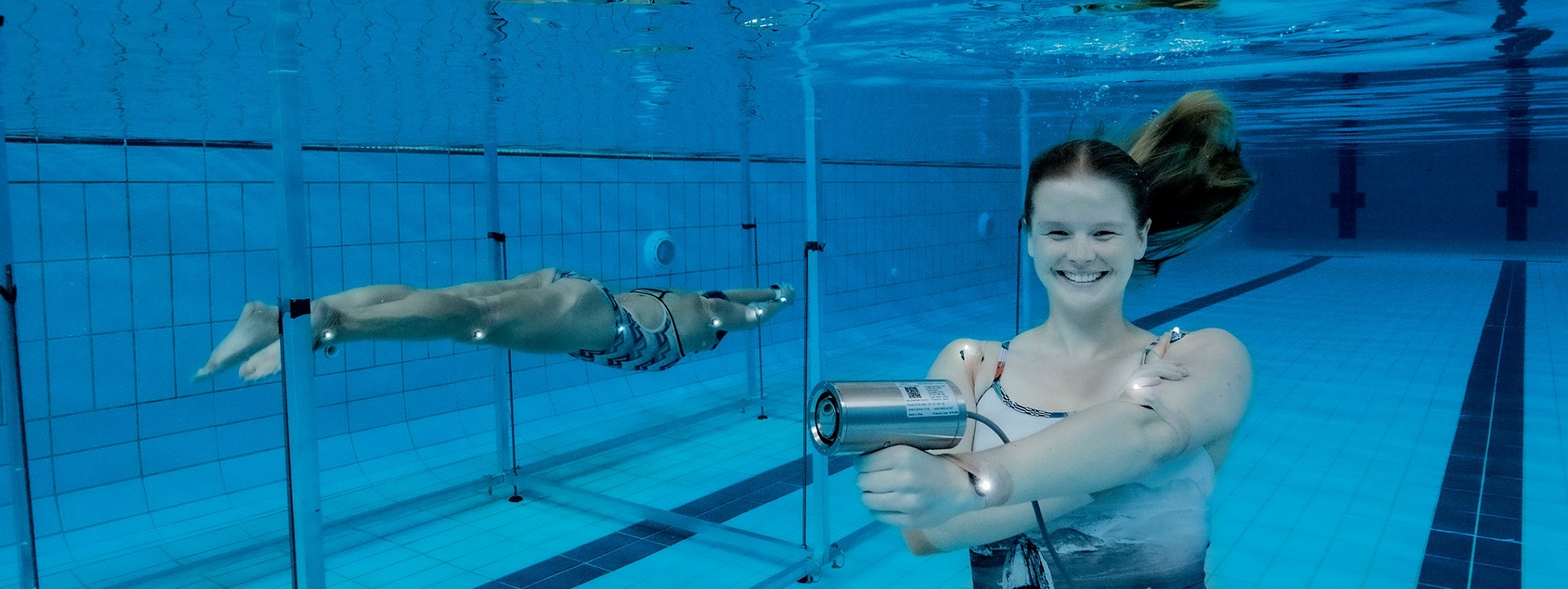
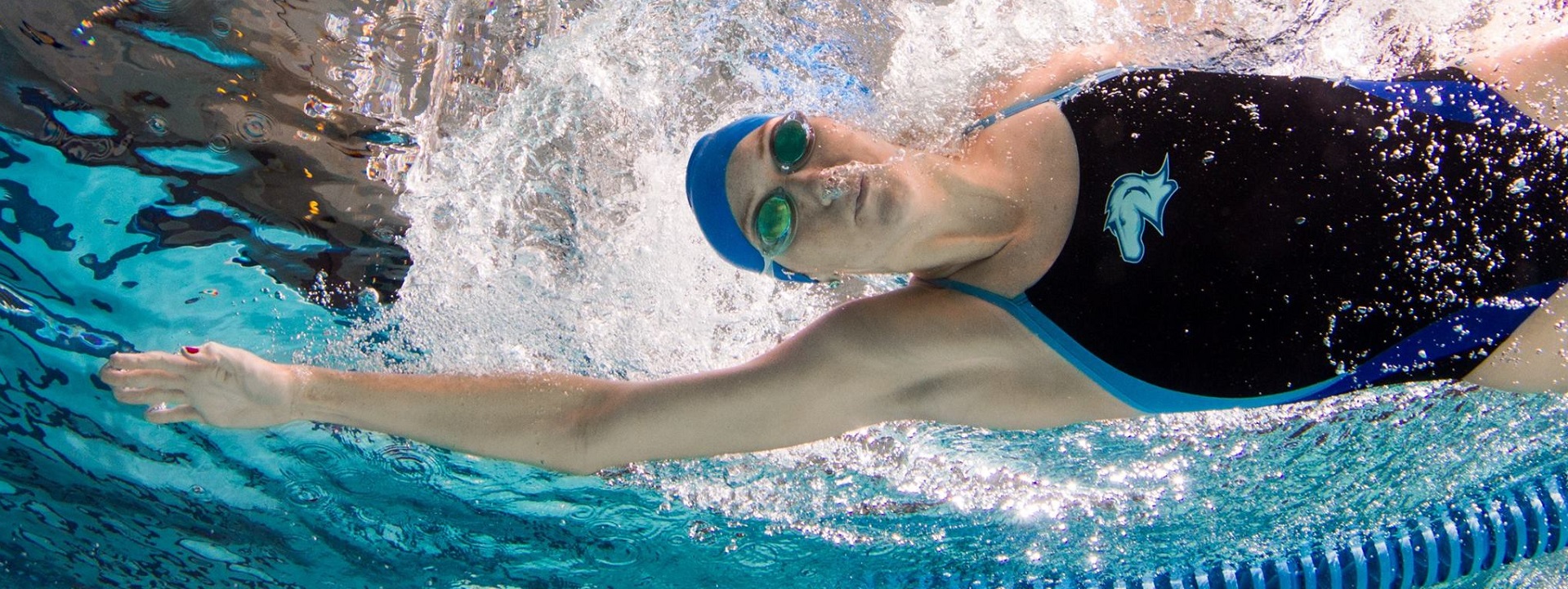
There are several specific problems that swimming pool overhead lighting aims to solve:
- Visibility: Swimming pool overhead lighting is designed to improve visibility in and around the pool. This is important for safety reasons, as it helps swimmers see where they are going and avoid obstacles or hazards.
- Aesthetics: Overhead lighting can enhance the appearance of the swimming pool by creating a visually appealing atmosphere. This is especially important for commercial pools where the aesthetics can be an important factor in attracting customers.
- Functionality: Overhead lighting can provide additional functionality by allowing the pool to be used during evening hours or in low light conditions. This can increase the usability of the pool and make it more appealing to users.
- Energy efficiency: Modern overhead pool lighting solutions are designed to be energy-efficient, reducing the overall energy consumption and operating costs of the pool.
- Longevity: Overhead pool lighting must be designed to withstand exposure to water, chlorine, and other harsh chemicals, as well as exposure to the elements. The lighting system must be durable and reliable to ensure longevity and prevent costly repairs or replacements.
Overall, swimming pool overhead lighting is an important component of a safe, functional, and visually appealing pool. It provides illumination for visibility, enhances aesthetics, and improves functionality, while also being energy-efficient and durable.
After athletic arena life safety obligations are met (governed legally by NFPA 70, NFPA 101, NFPA 110, the International Building Code and possibly other state adaptations of those consensus documents incorporated by reference into public safety law) business objective standards may come into play. For almost all athletic facilities, the consensus documents of the Illumination Engineering Society[1], the Institute of Electrical and Electronic Engineers[2][3] provide the first principles for life safety. For business purposes, the documents distributed by the National Collegiate Athletic Association inform the standard of care for individual athletic arenas so that swiftly moving media production companies have some consistency in power sources and illumination as they move from site to site. Sometimes concepts to meet both life safety and business objectives merge.
During water sport season the document linked below provides information to illumination designers and facility managers:
Athletic programs are a significant source of revenue and form a large part of the foundation of the brand identity of most educational institutions in the United States. We focus primarily upon the technology standards that govern the safety, performance and sustainability of these enterprises. We collaborate very closely with the IEEE Education & Healthcare Facilities Committee where subject matter experts in electrical power systems meet 4 times each month in the Americas and Europe.
See our CALENDAR for our next colloquium on Sport facility codes and standards. We typically walk through the safety and sustainability concepts in play; identify commenting opportunities; and find user-interest “champions” on the technical committees who have a similar goal in lowering #TotalCostofOwnership.
Issue: [15-138]*
Category: Electrical, Architectural, Arts & Entertainment Facilities, Athletics
Colleagues: Mike Anthony, Jim Harvey, Jack Janveja, Jose Meijer, Scott Gibbs
More
“Mountain High Apple Pie”
More than half of this year’s American Institute of Architects North Carolina (@AIA_NC) awards were won by @NCStateDesign students, faculty and alumni. 👏 Explore their projects: https://t.co/0J28nxhgC2 pic.twitter.com/ACpEgAQfsN
— NC State University (@NCState) January 19, 2024
North Carolina State University Facilities
Watersport
Athletic Competition Timing Standards
Today we update our understanding of best practice catalogs for outdoor and indoor watersport; primarily swimming and rowing. Use the login credentials at the upper right of our home page.
USA Swimming and the National Collegiate Athletic Association Swimming are two distinct organizations that oversee different aspects of competitive swimming in the United States. USA Swimming governs competitive swimming in the United States across all age groups and skill levels, while NCAA Swimming specifically focuses on collegiate-level swimming and diving competitions within the NCAA framework. Both organizations play crucial roles in the development and promotion of swimming in the United States.
Governing Body:
USA Swimming is the national governing body for the sport of swimming in the United States. It is responsible for overseeing competitive swimming at all levels, from grassroots programs to elite national and international competitions.
NCAA Swimming: NCAA Swimming is part of the National Collegiate Athletic Association (NCAA), which governs intercollegiate sports in the United States. NCAA Swimming specifically deals with collegiate-level swimming competitions among universities and colleges.
Scope:
USA Swimming is responsible for organizing and regulating competitive swimming for all age groups and skill levels, from youth swimmers to Masters swimmers (adults). It oversees swim clubs, hosts competitions, and develops national teams for international events.
NCAA Swimming: NCAA Swimming focuses exclusively on college-level swimming and diving competitions. It sets the rules and guidelines for swimming and diving programs at NCAA member institutions.
Membership:
Individuals, swim clubs, and teams can become members of USA Swimming, allowing them to participate in USA Swimming-sanctioned events, access coaching resources, and benefit from the organization’s development programs.
NCAA Swimming: NCAA Swimming is composed of collegiate athletes who compete for their respective universities and colleges. Athletes are typically student-athletes who represent their schools in NCAA-sanctioned competitions.
Competition Format:
USA Swimming hosts a wide range of competitions, including local, regional, and national meets, as well as Olympic Trials and international events. Swimmers compete as individuals, representing their swim clubs or teams.
NCAA Swimming: NCAA Swimming primarily consists of dual meets, invitational meets, and conference championships at the collegiate level. Swimmers represent their respective universities or colleges, earning points for their teams in dual meets and competing for conference and national titles.
Scholarships:
USA Swimming itself does not offer scholarships. Scholarships for competitive swimmers are typically awarded by colleges and universities based on an athlete’s performance and potential.
NCAA Swimming: NCAA member institutions offer scholarships to talented student-athletes in various sports, including swimming. These scholarships can cover tuition, room, board, and other expenses, making NCAA swimming an avenue for athletes to receive financial support for their education.
Turning our pool deck into a GYM 🤙🏋️♀️ pic.twitter.com/vfilShA8Ef
— Bobby Guntoro (@bobbygunt) September 25, 2023
New update alert! The 2022 update to the Trademark Assignment Dataset is now available online. Find 1.29 million trademark assignments, involving 2.28 million unique trademark properties issued by the USPTO between March 1952 and January 2023: https://t.co/njrDAbSpwB pic.twitter.com/GkAXrHoQ9T
— USPTO (@uspto) July 13, 2023
Standards Michigan Group, LLC
2723 South State Street | Suite 150
Ann Arbor, MI 48104 USA
888-746-3670








